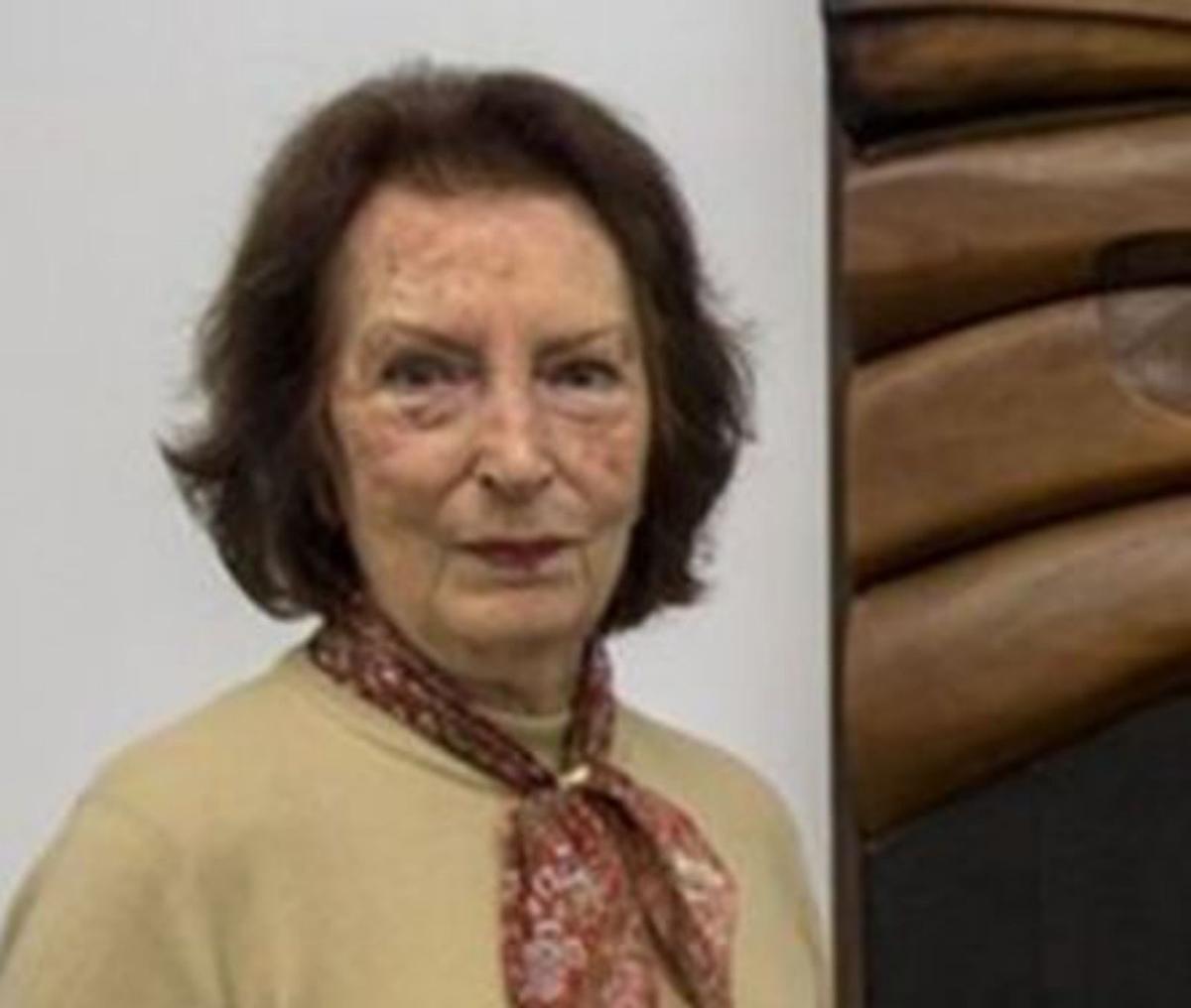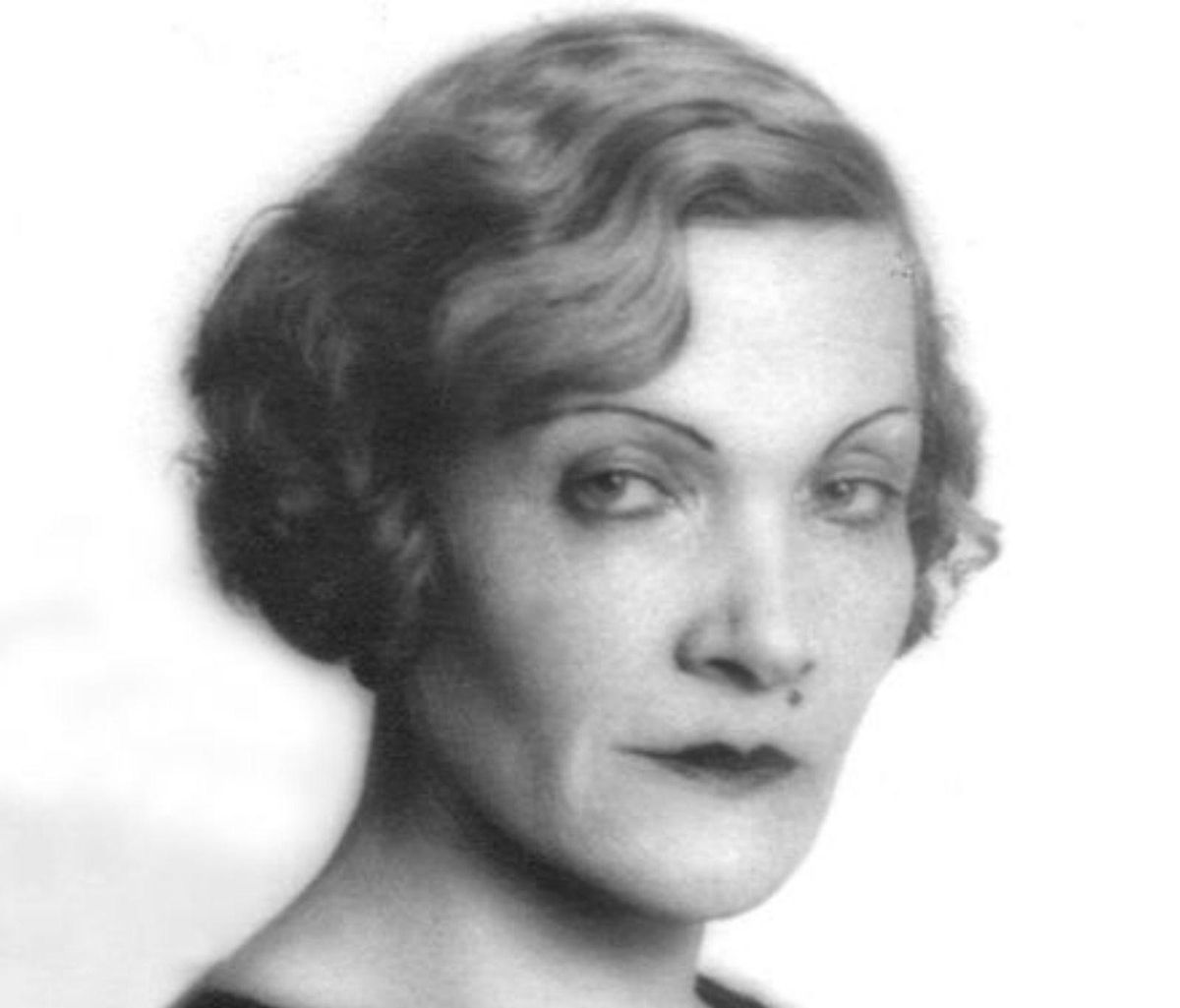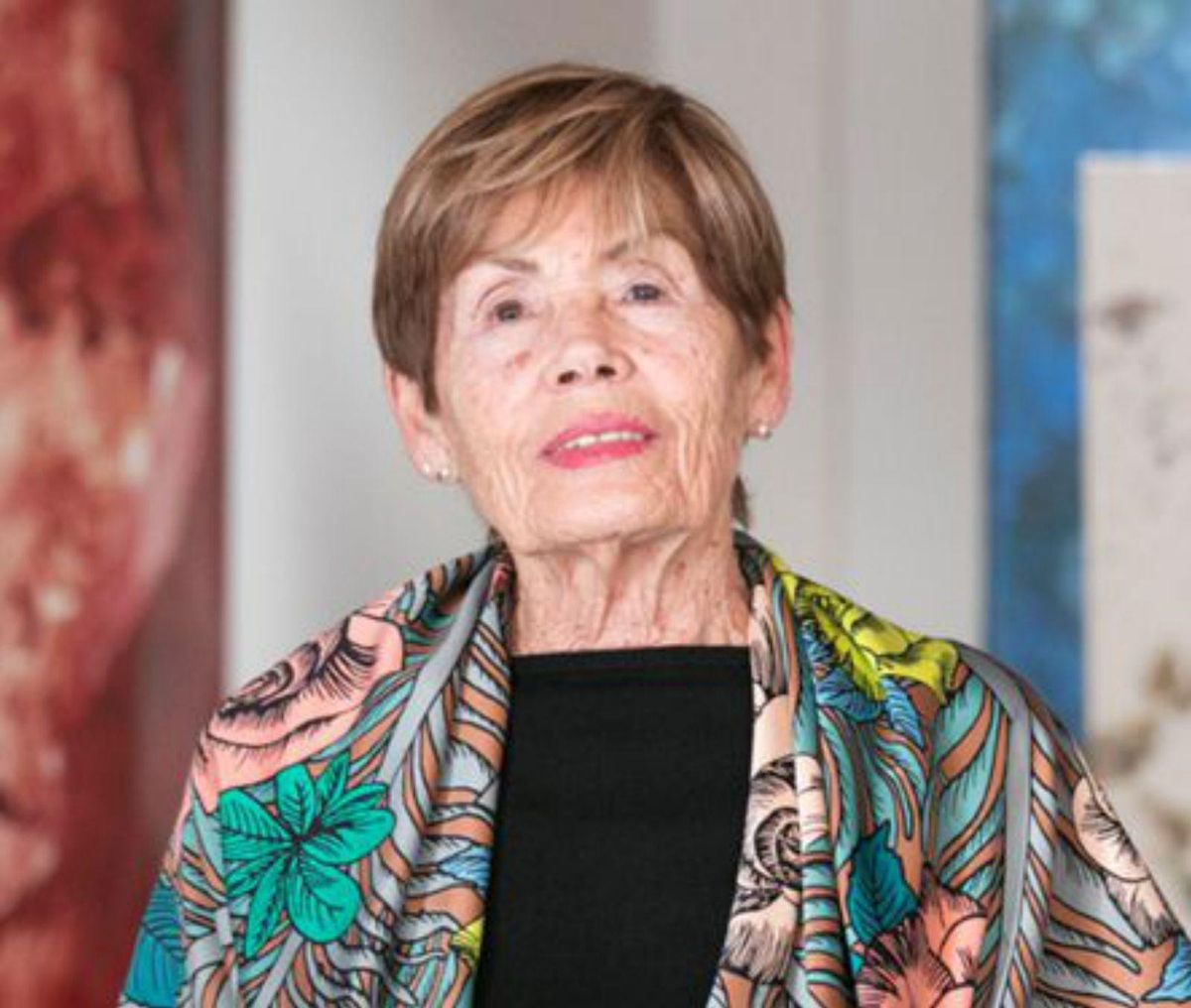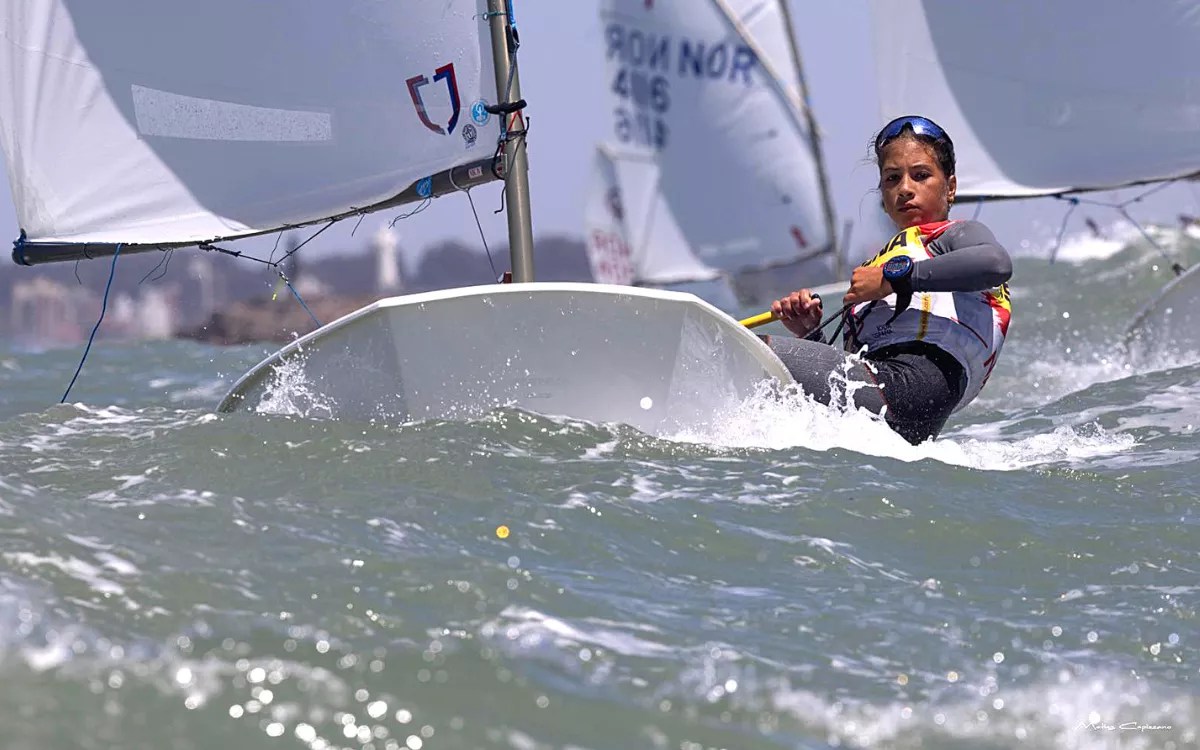The Tenerife Council has honoured the contribution of a dozen women who have enhanced Tenerife society across various domains including culture, science, equality, law, and education. The recognition ceremony took place at the Chamber Room of the Adán Martín Auditorium in Tenerife and was attended by the President of the Cabildo, Rosa Davila and Vice President Lope Afonso. The Gold Medal was conferred upon María Belén Morales, Mercedes Pinto, María Isabel Nazco, and Raquel Lojendio. Catalina Ruiz, Edith Maillard, and Marisa Tejedor were honoured with the title of Adoptive Daughter, whilst Carmen Pitti, Mercedes Machado, and Pilar Lojendio were acclaimed as Favorite Daughters.
Rosa Dávila emphasised “the tremendous courage and resilience” of these distinguished women and expressed gratitude on behalf of Tenerife for their significant contributions to the island. She stressed, “Thanks to their talent, dedication, and commitment, Tenerife has grown into a more enlightened, creative, innovative, and supportive society, advocating for rights and freedoms.” The 10 extraordinary women acknowledged are:

María Belén Morales Gómez (sculptor and painter) / E. D.
María Belén Morales Gómez (sculptor and painter).
[–>
María Belén Morales Gómez (Santa Cruz de Tenerife 1928-2016) was a versatile sculptor and painter from Tenerife. She studied under the renowned sculptor Enrique Cejas Zaldívar and further honed her skills in materials and artisanal techniques at the School of Arts and Crafts in Santa Cruz. In 1948, she enrolled in the Higher School of Fine Arts in Santa Cruz de Tenerife.
Her mastery of sculpture, collage, drawing, jewellery, painting, and murals made her a multidisciplinary artist. During her youth until 1963, she delved into experimental art. From 1963 to 1970, her work was characterized by the synthesis and disintegration of the human figure. In her subsequent artistic phase from 1970 to 1977, negative space became the focal point of her sculptures. Her artistic endeavours diversified from 1977 to 1986.
From 1986 to 1993, Morales embarked on a profound exploration of the visual value of space, blending landscape within geometric abstraction, which culminated in a series of large-scale iron sculptures created between 1997 to 2016, designed for integration into natural landscapes or urban settings. Her final phase, focused on research, spanned from 1997 until her passing in 2016.

Mercedes Pinto (writer) / E. D.
Mercedes Pinto (writer).
[–>
Born in La Laguna, Mercedes Pinto stood out from a young age for her creative and artistic talents within literary circles on the island, where she was recognized as the Canary Islands poetess. She began publishing her compositions in the local press during her youth and received accolades in regional literary competitions. In 1909, she married Juan de Foronda, who was significantly older and subjected her to continuous psychological abuse, inspiring her first novel (Él, 1926), later adapted into a film by Luis Buñuel in 1952.
During the dictatorship of Primo de Rivera, she delivered a lecture at the Central University of Madrid (Divorce as a Hygienic Measure, 1923), advocating for the legalization of divorce, which at that time was prohibited. The dictator forced her to leave the country. Her lengthy exile began in Uruguay in 1924, continuing in Cuba and Mexico, where she passed away in 1976. She was a versatile woman, engaged in social, cultural, and feminist activities. The majority of her work (novels, poetry, theatre, and extensive journalistic contributions) unfolded in Hispano-America.

María Isabel Nazco (artist). / E. D.
María Isabel Nazco (artist).
[–>
Known as Maribel Nazco, (Los Llanos de Aridane, La Palma, 1938), she is a visual artist with an extensive career, distinguished for her use of diverse techniques and themes in her artwork. In 2021, she was bestowed with the Canary Islands Fine Arts Award.
Nazco graduated in Fine Arts from the University of La Laguna (ULL) in 1980, followed by achieving a doctorate in Fine Arts with honours from the same university in 1986. She worked as a Drawing professor at the Central School of Fine Arts in Madrid in 1963. In 1989, she secured a position as an associate professor at the Faculty of Fine Arts at the University of La Laguna. Since 1989, she has been a professor of Painting Procedures and Techniques
Born in 1972 in Santa Cruz de Tenerife, this soprano studied at the Higher Conservatory in her hometown and at the Liceo de Barcelona with Carmen Bustamante. She also studied classical ballet at the Royal Academy of Dance in London. She has performed with the main Spanish orchestras and abroad with orchestras such as the Berliner Philharmoniker, Boston Symphony, BBC Philharmonic, Seattle Symphony, Orchestra Sinfonica Nazionale della Rai de Torino, and the Bergen Filharmoniske. In addition to being a singer, she is a composer, writer, and illustrator. She wrote the novel “Bajo la piel de gecko”.
Catalina Ruiz Pérez (Valencia 1957-2019) was a Spanish physicist. Her research focused on the study of molecular materials, obtaining and characterizing techniques, and the relationship between the properties of materials and their crystal structure. She was also a professor of Applied Physics at the University of La Laguna (ULL), where she directed the X-ray and molecular materials laboratory.
She graduated in Physics from the University of Valencia. After completing her thesis, in 1984, she moved to the Max Planck Institute of Biochemistry, located in Munich, where she worked for about four years on her thesis in the group of Professor Robert Huber, who would later be awarded the Nobel Prize in Chemistry in 1988. In 1987, she returned to Spain, joining the Antonio González University Institute of Bio-Organic, before moving to the Physics department in 1988. She was vice-rector of Research at the ULL (2011-2014) and the first woman to win the Canarias Research and Innovation Prize (2017).
Born in Normandy (France) in 1906, Edith Maillard Blanchard moved to Santa Cruz de Tenerife in 1936 with her husband, the doctor Celso Fernández, where they opened a practice at the Covadonga Clinic. The couple helped intellectuals who needed refuge due to political issues. Edith obtained the title of midwife and fought for the improvement of the health conditions of mothers and their children. She wrote “Cómo nacen los niños”.
Born in Burgos in 1949, Marisa Tejedor moved to Tenerife at a young age. She graduated and earned a Ph.D. in Biological Sciences from the University of La Laguna in 1971 and 1974, respectively, and continued her studies at different higher education institutions in France. Her academic career has developed at the University of La Laguna. She was the first female rector of the ULL (1990-1995) after being vice-rector for Research (1986-1990). She was a councillor for Industry, Commerce, and New Technologies of the Government of Canarias (2005-2007) and is a full member of the Royal Canarian Academy of Sciences (2010), being the first woman to become a member of this academy.
Born in Granadilla de Abona, Carmen Pitti García was the first dean of the Bar Association of Santa Cruz de Tenerife, to which she dedicated two full terms. She was the first Canarian lawyer appointed vice president of the General Council of Spanish Lawyers. She received the Honor Cross of the Order of San Raimundo de Peñafort.
Mercedes Machado Machado (Tenerife,1896–1970) was an educator and lawyer considered the first female lawyer in the Canary Islands. She studied Teaching, Philosophy and Letters – specializing in Classical Languages – and Law at the University of La Laguna, where she was the first graduate. She dedicated herself to teaching after being denied entry to the Bar Association for being a woman. As a teacher, she developed her professional career at the Institute of Canarias, at the School of Education, and at the University of La Laguna, where she taught Philosophy, Literature, Latin, and Greek. She also mastered several languages, including French, German, English, Greek, and Italian. Her pedagogical career was recognized with the Alfonso X El Sabio medal. Since 1992, there has been an association of women in Tenerife that bears her name.
Pilar Lojendio (Santa Cruz de Tenerife 1931-1989) received numerous awards, such as the poetry award Julio Tovar in 1969, for “Almas de piedra”. Her early writing career dates back to her school years, starting with short stories and around the age of fifteen, she began writing poetry. She married merchant marine Laureano Mariz in 1956, with whom she had five children. Her marriage was crucial to her literary work. She collaborated in newspapers and magazines of the time such as “Mujeres en la isla”, “Gánigo”, “Caracola”, and “Gaceta Semanal de las Artes”.















